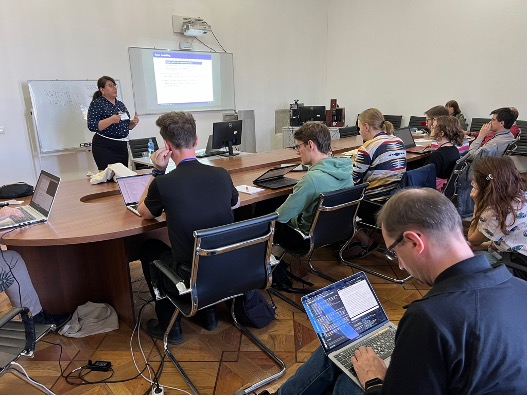Analysis of Digital Twins
The digital twin is a vision for a technology, originally conceived for NASA’s space programme, enabling industry to significantly improve the life-cycle management of physical assets. A digital twin is typically a system which collects data about a physical asset (such as a plant or a reservoir), continuously revises this data set through, e.g., updates reflecting changes to the asset’s structure and sensor data reflecting the physical asset’s state and uses this data to monitor and make predictions about the physical asset. The digital twin can be thought of as a three-layered structure: the data sources, an information layer and an insight layer. Industrial focus is today mainly on collecting data into shared, and increasingly structured, data sets which we think of as the information layer, and on providing dashboard-like insights into the system.





